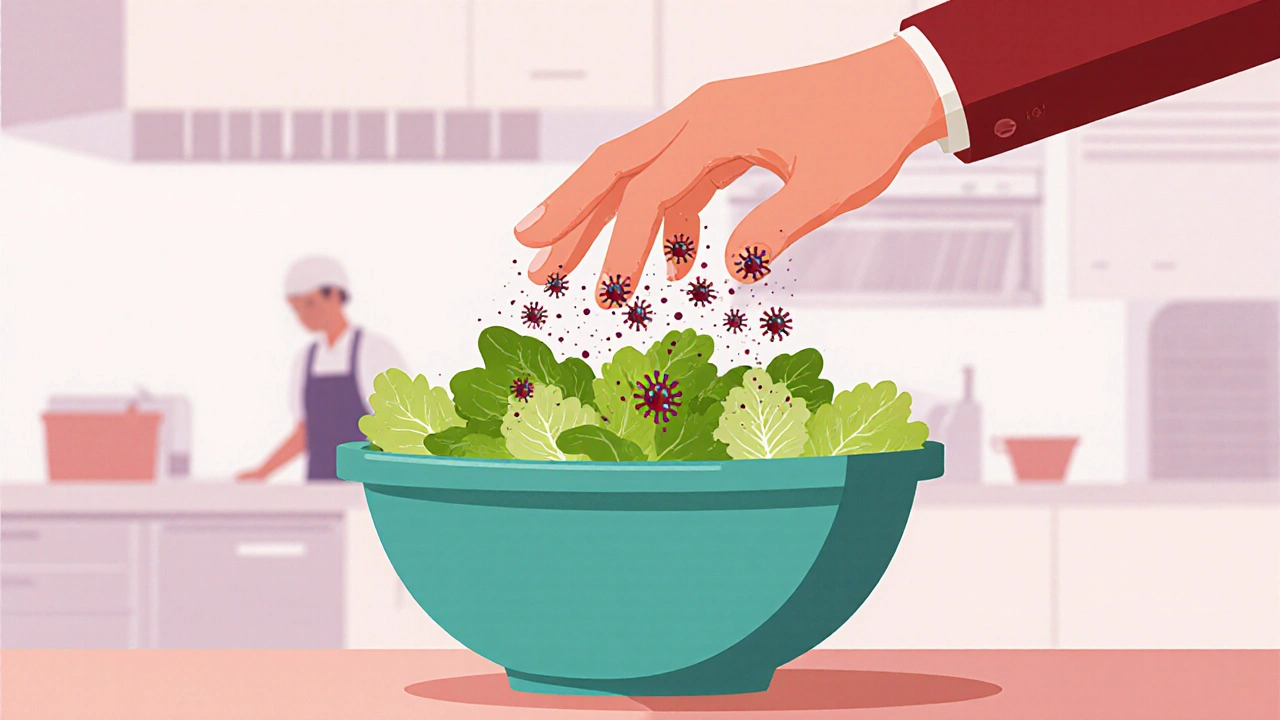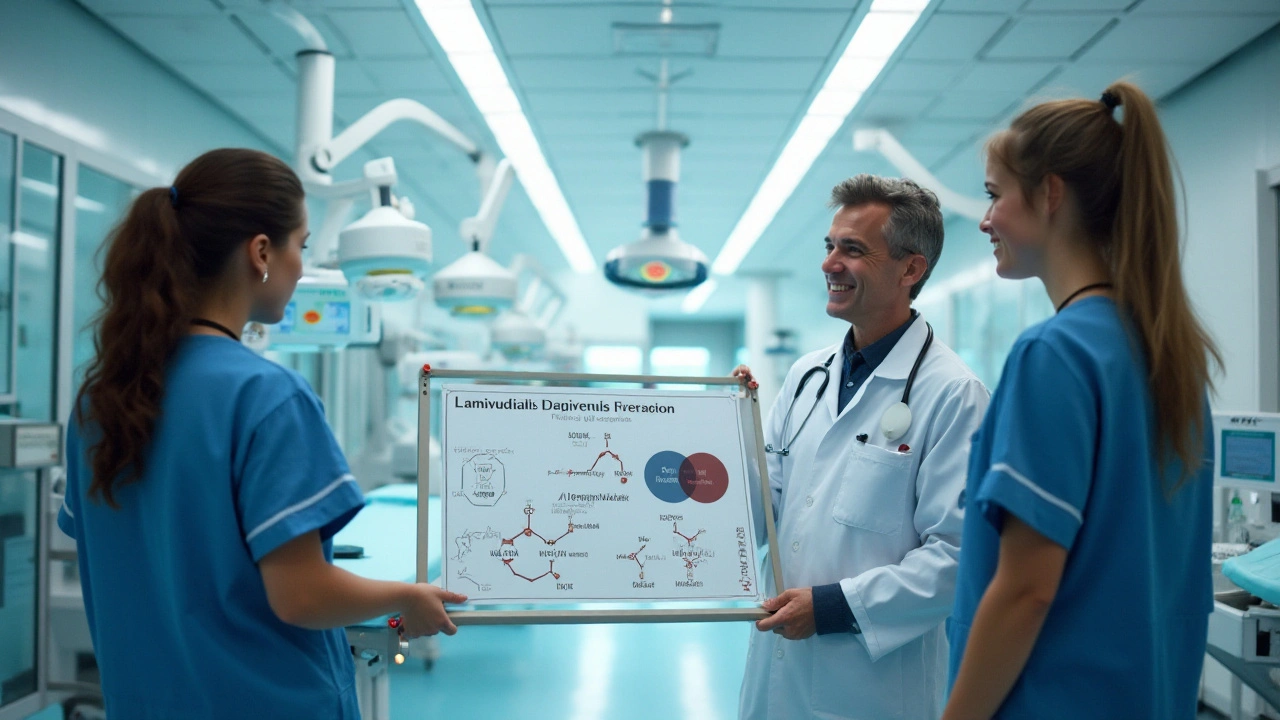Post-Exposure Prophylaxis (PEP): Your Emergency Tool Against HIV
Ever heard of post-exposure prophylaxis, or PEP? It's a treatment you can start after potential exposure to HIV to reduce your chances of getting infected. Think of it as an emergency plan that needs to kick in fast—ideally within 72 hours after exposure. The quicker you start, the better your chances to prevent HIV from taking hold.
PEP involves taking a short course of antiretroviral medicines for about 28 days. These meds work by stopping HIV from multiplying in your body during the early stage of infection. But remember, PEP isn't a magic cure or a replacement for regular prevention methods like condoms or PrEP. It’s really for emergencies after things like unprotected sex, a condom breaking, or needle sharing.
When and How to Get PEP
If you think you were exposed to HIV, don’t wait around. Head to the nearest emergency room or sexual health clinic as soon as possible—waiting more than 72 hours might make PEP less effective or useless. Doctors will assess your risk and prescribe the meds if you qualify. You’ll need to get tested before starting PEP, and again at the end of the treatment to make sure the virus didn’t take hold.
Keep in mind, PEP is not recommended for casual use or repeated exposures. If you find yourself needing it often, talk to your healthcare provider about pre-exposure prophylaxis (PrEP), which is a preventive pill taken daily.
What to Expect During PEP Treatment
Taking PEP isn’t without side effects—some people experience nausea, fatigue, or headaches. But these usually go away and are manageable. It's important to finish the full 28-day course even if you feel fine. Stopping early can put you at risk of infection.
PEP does not protect you from other sexually transmitted infections (STIs) or prevent pregnancy. So, using condoms and other safer sex methods during and after treatment is essential. Post-exposure prophylaxis is a powerful tool, but it’s just one part of staying safe and healthy.
To sum it up, PEP is your go-to emergency response if you think you’ve been exposed to HIV. Quick action and following the treatment plan closely gives you the best shot at staying negative. Don't hesitate to get professional advice as soon as possible—the clock is ticking once exposure happens.

Hepatitis A: How Food Spreads the Virus and What to Do After Exposure
- Nov, 16 2025
- 10
Hepatitis A spreads easily through contaminated food, often from infected workers who don't wash their hands. Learn how it's transmitted, what to do after exposure, and how vaccines and hygiene can stop outbreaks before they start.

Understanding Lamivudine in Post-Exposure Prophylaxis: A Comprehensive Guide
- Jan, 22 2025
- 7
Lamivudine plays a crucial role in post-exposure prophylaxis (PEP) for preventing HIV infection after potential exposure. This article explores how lamivudine works in conjunction with other antiretrovirals, its effectiveness, and its importance in the medical field. Readers will gain insights into the drug's mechanism, when it should be administered, and how it complements PEP protocols. Important facts about its usage, side effects, and tips on adherence to the treatment plan offer valuable knowledge for those interested in HIV prevention strategies.
Categories
- Medication Information (81)
- Health and Wellness (47)
- Women's Health (5)
- Supplements (5)
- Pharmacy Reviews (5)
- Dermatology (4)
- Mental Health (4)
- Nutrition (3)
- Fitness and Wellness (3)
- Support Resources (3)
Archives
- December 2025 (28)
- November 2025 (24)
- October 2025 (29)
- September 2025 (14)
- August 2025 (2)
- July 2025 (7)
- June 2025 (2)
- May 2025 (3)
- April 2025 (4)
- March 2025 (3)
- February 2025 (1)
- January 2025 (3)
- online pharmacy
- dietary supplement
- health benefits
- side effects
- medication safety
- treatment
- wellness
- optimal health
- safe medication purchase
- online pharmacy Australia
- generic drugs
- brand name drugs
- link
- women's health
- dietary supplements
- sleep
- asthma treatment
- diabetes management
- post-exposure prophylaxis
- type 2 diabetes medication
